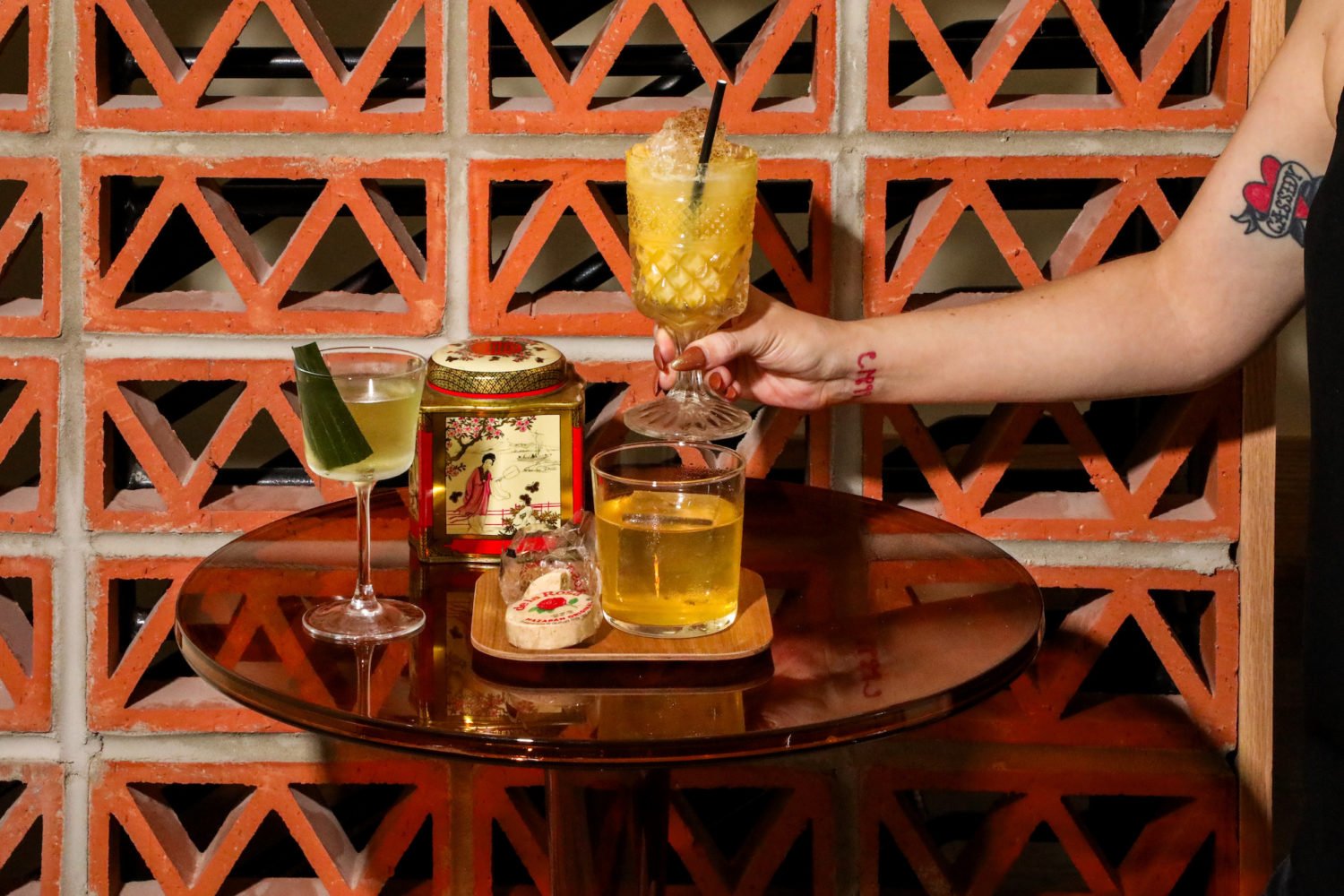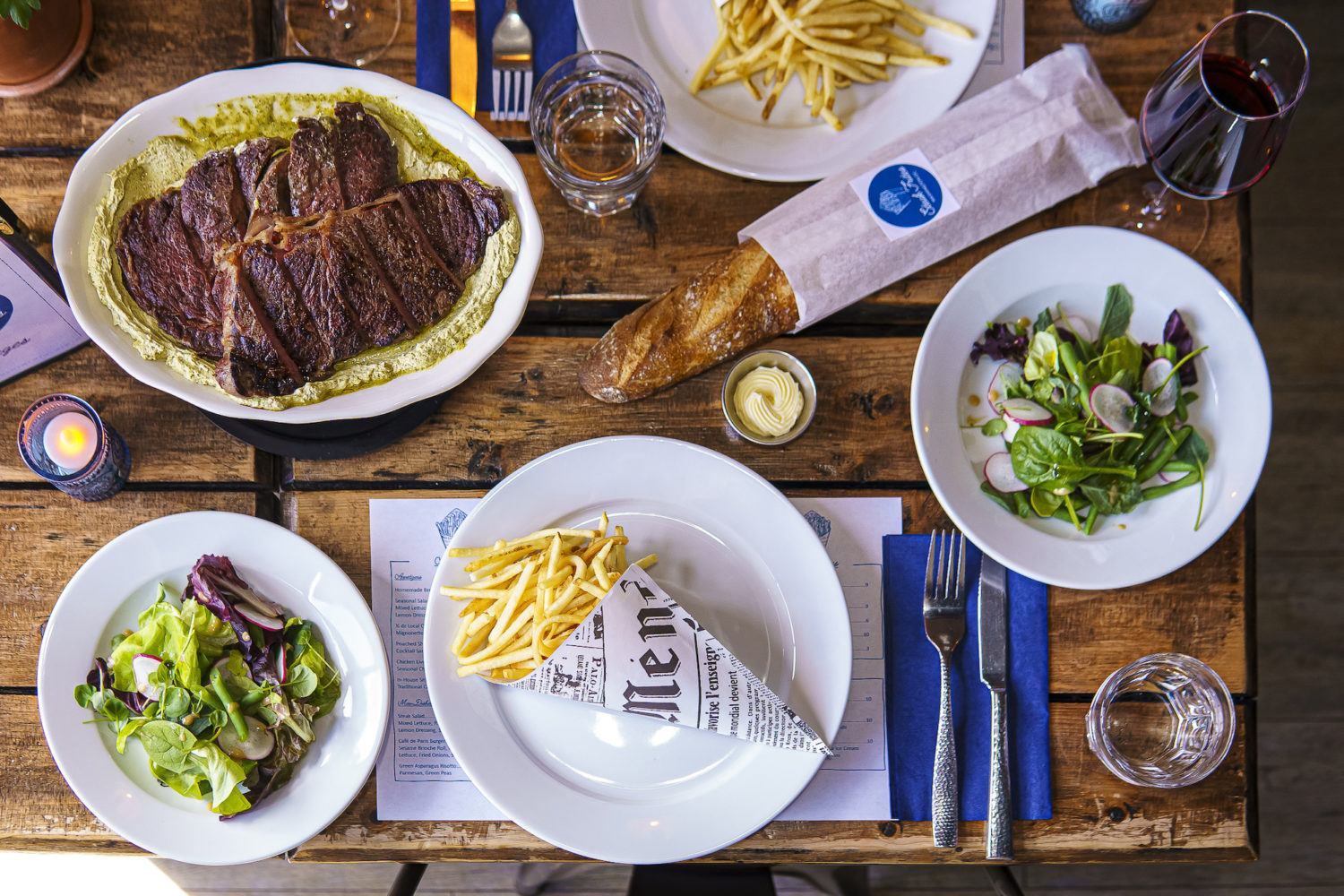When Horace and Dickie’s revealed it would be closing after 30 years, the beloved fried-fish eatery joined a growing list of black-owned businesses along the H Street corridor that have shuttered. In her recent book, Black in Place: The Spatial Aesthetics of Race in a Post-Chocolate City, Brandi Thompson Summers, an assistant professor of geography at the University of California, Berkeley, traces H Street’s radical transformation and writes about why the carryout spot is so significant. Washingtonian spoke with Summers about its closure, its significance to the city, and what it means for the future of H Street.
How did you first find out about Horace and Dickie’s?
I lived in DC from 2011 until last year, and I was doing research on DC and particularly the H Street, Northeast, corridor. Going to the corridor regularly, you’d see Horace & Dickie’s. So [I started] reading about its history because I was doing research for my dissertation at first, and then later the book. I followed along, watching it change, watching the literal aesthetics of the building shift, watching the types of people who would frequent the establishment.
What kind of changes were happening to the building?
A new paint job or the signage was different, things like that. You look at the rest of the structures on H Street and you see several two-or-three-story Victorian rowhouse-style buildings, and then you see Horace and Dickie’s—a tiny little establishment, one-story stucco building. It just seems so out of place given the real aesthetic character of H Street, but it seemed more consistent with the types of structures that were going up in that period following the uprisings [in the late 1960s], where there were more establishments that were catering to the working class black residents that lived in the area. But as gentrification was setting in, you started to see this emphasis on restoring the Victorian-era architectural structures instead.
Did you ever eat there while you were doing research?
I did. I would go there, pick it up, and take it home. I lived in Southeast DC.
On the one hand, the area was changing around it and pushing out similar businesses, but that was maybe bringing in new customers as well. What was your take on that?
Well, I imagined that it was going to eventually close, and more so because it wouldn’t fit the particular business landscape. If you’re seeing the area having more high-end retail or eating establishments, you would start to see the Horace and Dickie’s of the world disappear from that area. During a time when H Street was one of those quote-unquote “gritty” spaces that people would want to come to because they didn’t want to be in places like Georgetown or Foggy Bottom, you’d go and have kind of a real DC experience in Northeast DC. Horace and Dickie’s was the type of establishment you could visit to make yourself feel good about getting real DC–like, a real whiting sandwich. With shifts in the business landscape along H Street, like other corridors, you start to see places like this disappear.
It stayed open for quite a while as those changes were going on. What do you attribute its survival to?
It could be it was able to survive because it wasn’t actually on H Street, it was on 12th Street. But again, like I was saying, it still represented this real DC. There’s still this interest in consuming an authentic form of DC. Oftentimes that’s more easily done with food, and so we might’ve reached a tipping point where there isn’t that desire to really establish an authentic connection to DC as being black or this kind of Southern migration to DC, or thinking about the Chocolate City. There may not be that interest any longer.
In your book, you write about soul food’s importance for black communities around the country. What do you think Horace and Dickie’s means to the black community in DC, and what does its closing mean?
[Whiting] was one of those fish specialties that was really popular among black Washingtonians. You know how some food can really bring back positive memories? Whiting fish, whiting sandwiches, they were one of those meals that people would have that would remind them of a black past when there were different communities who would be together, and you had neighborhoods, you had communities sticking together rather than being displaced and moved around the city. And so, I think that whiting has been that form of soul food that has remained a staple in DC. To be honest with you, I would link it to the controversy that’s going on over go-go music. There’s a way that there are these cultural signifiers of black life in DC that have been around and that are a source of pride and that are a source of community and culture in DC. When you see businesses close, when you see music turned down or silenced, when you see people moved off the streets, it’s really an overall way to show that displacement is happening at an alarming rate. With the closing of Horace and Dickie’s, I think it’s saying something similar: that there’s a way that black life, or at least this kind of historical form of black life in DC, that isn’t welcome anymore and it’s not desired by a new class of people that are coming into the city.
What do you think this means for the future of H Street?
I think there’s going to be more of this happening. H Street is still booming. If you drive down H Street, and I was just there this past weekend, you start to see that even the businesses that have come in over the last couple of years are leaving, but then the spaces are leased by someone else. In terms of specifically small black businesses, you’re going to see less and less, especially those that cater to poor and working class black folks that used to live in the area that can no longer live there now.
This conversation has been edited and condensed.


















